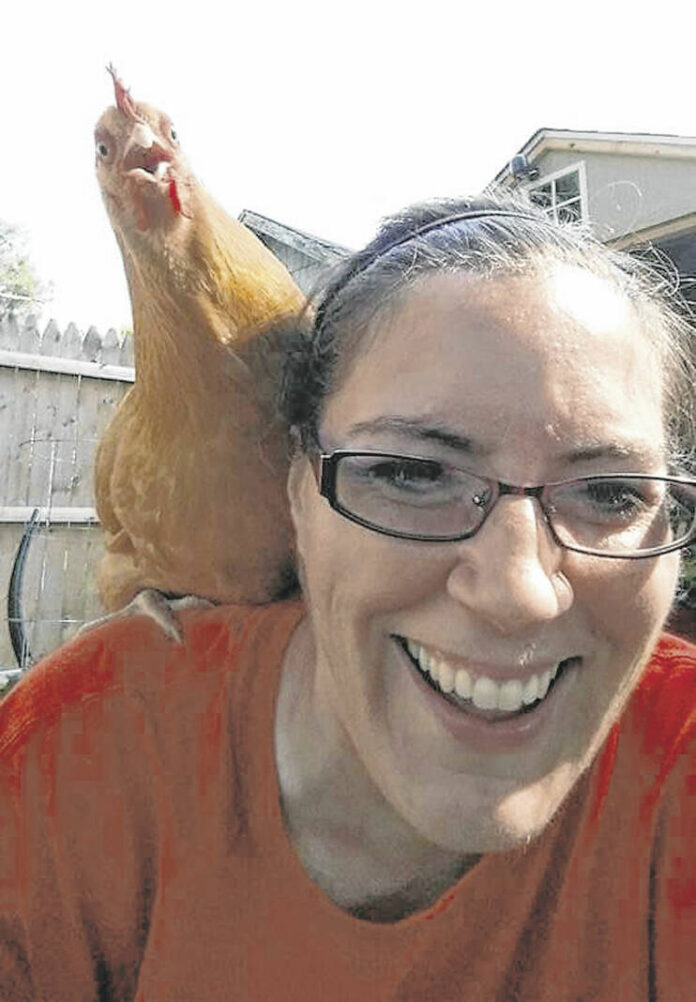
It’s a common topic these days to talk about rising costs — the price of gas, the price of a loaf of bread, etc.
Since I’ve been in the chicken business now about six years, I’ve always glanced at the price of eggs in the store just to see where things stood in relation to what I was charging for a dozen eggs.
When I first began selling my chickens’ eggs, they were priced at $2.50 a dozen, and I worried that people wouldn’t want to pay that much considering they could get low-cost eggs in a local food mart for 88 cents a dozen. I understood why the market-fresh eggs were more expensive, but it was a challenge to get others to understand.
Fast forward to now, and the lowest cost eggs in the market are priced at $1.67 a dozen and rising. I’ve been able to keep my cost steady this year at $4 a dozen at market, but it is a matter of time before I’ll need to have another price increase, something I’m dreading. Feed costs have risen dramatically over the past few months, and the sale of the eggs are barely covering the cost of the high-quality feed I use.
Unfortunately, these rising costs don’t just affect the care of laying chickens. A well-meaning person a few weeks ago visited me at the Seymour Area Farmers Market and had heard the price of chicken was going to be rising and “wasn’t that wonderful that I would be making more revenue in selling the meat?”
I thanked this person and acknowledged their excitement but upon further investigation found that with the increased cost of the sale of chicken, the feed also has risen dramatically. A bag of non-medicated, non-GMO feed that used to cost about $18.50 for a 50-pound bag is now $25 for the same bag. The bag contains the same ingredients, but it now requires more cash at the feed store. Everything always comes in balance.
Of course, the pork and beef farmers have more cause for complaint because their feed bills are many times larger than my little farm. There’s a delicate line we farming folk need to keep in mind when setting prices for our products that a little amount of revenue is made for profit and then the rest of the amount is to recoup the costs in feed and care.
This being said, we need to continue to keep costs low enough to try and somewhat compete with the larger producers. Don’t you wish you were in farming?
These are things which have constantly been on my mind over the past few months as I watch with anticipation what the rest of the year will bring. I wish I could say I’m excited over the rising cost of eggs and chicken, but honestly, I’m just as concerned as a lot of folks are.
I know for sure I didn’t enter farming to get wealthy but also don’t want to have to be concerned each month where the money for the feed bill is going to come from. I wonder if I could get the chickens to take up part-time jobs somewhere to help out.
Until next time…
Stephanie Strothmann owns Purple Shamrock Farm LLC in rural Seymour. Read her blog at whattheclucker.blogspot.com. Send comments to [email protected].
